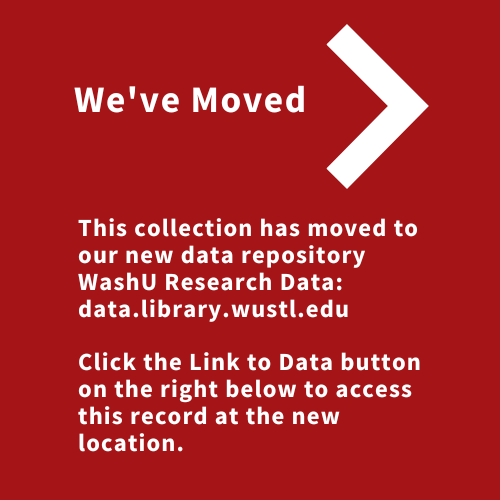Dataset for Figure 1: Mechanisms of non-Covalent Subunit Regulation of Nav Channel Gating and Pharmacology
ResourceType
Dataset
DOI
https://doi.org/10.7936/K7J102MF
Embargo Period
11-21-2017
Grant/Award Number and Agency
American Heart Association 15PRE25080073 (Wandi Zhu); Burroughs Wellcome Fund Career Award at the Scientific Interface 1010299 (Jonathan R. Silva)
Abstract
Voltage-gated Na+ (NaV) channels comprise a macromolecular complex, whose members tailor their function according to cell type. Key members are the non-covalently bound NaV 1 and 3 subunits that regulate channel gating, expression, and pharmacology. To probe the molecular basis of this regulation, we applied voltage-clamp fluorometry to measure how the subunits affect conformations within the cardiac NaV channel (NaV1.5) voltage-sensing domains (VSDs). The pore-forming NaV1.5-subunit contains four domains (DI-DIV), each with a VSD. Our results show that 1 and 3 regulate NaV1.5 by altering DIII- and DIV-VSD activation, an interaction that is significantly altered by atrial fibrillation-variants in both subunits. 1 and 3 strongly affected the interaction of Class Ib anti-arrhythmic drugs, lidocaine and ranolazine, with the DIII-VSD. Our results demonstrate that 1 and 3 regulation of the NaV1.5 VSDs can significantly determine NaV1.5 pathology and its therapeutic response.
Language
en
Rights
http://creativecommons.org/licenses/by/4.0/
Creative Commons License

This work is licensed under a Creative Commons Attribution 4.0 License.
Recommended Citation
Zhu, Wendy and Silva, Jonathan, "Dataset for Figure 1: Mechanisms of non-Covalent Subunit Regulation of Nav Channel Gating and Pharmacology" (2016). Digital Research Materials (Data & Supplemental files). 3.
https://openscholarship.wustl.edu/data/3
Publication Date
2016


